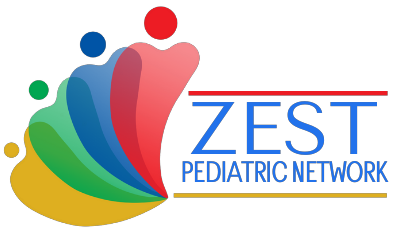Bees, Wasps, and Yellow Jackets…. oh my!
By Zest Pediatrics
Children are children, bugs are bugs and the two will frequently meet. During the late summer and early fall the stinging insects (hymenopterans) like bees, wasps, yellow jackets, fire ants, and hornets often become more aggressive, and stings become more common.
These stings/bites can lead to serious allergic reactions like anaphylaxis or simple but painful local reactions. Fire ants usually sting multiple times, often creating a circle of bites. Fire ant bites cause prompt pain and subsequent swelling, blisters, redness, and warmth. Bees can only sting once, the others flying hymenopterans can provide multiple stings per insect.
Treatment begins with removing the stinger if it is still present. Remove it by using a credit card or other flat-edged and rigid item to “flick” it out. Alternatively, you can use your fingernail to scrape the stinger out. Try NOT to squeeze and pull it out, as you may inject more venom into the skin.
The immediate sting should be treated with a topical paste of either meat tenderizer and water or baking soda and water for several minutes followed by ice, ibuprofen or acetaminophen, and diphenhydramine if necessary.
Anaphylactic reactions with lip or tongue swelling, drooling, or wheezing obviously require immediate medical intervention and usually occur within 20 minutes of the sting. If a child is stung and has not had an allergic reaction within two hours, it is highly unlikely one will occur.
However, the insect stings often continue to become more swollen and red for 24-48 hours, and often appear far worse the next day. Swelling may last for several days but should not be increasing after the 3rd day. Many parents think this means the sting is infected, but that is rare. As with mosquito bites, young children with their more elastic skin and revved up immune system have more significant reactions to stings.
Reasons to call your doctor for a hymenopterans sting include: Any concern for an allergic reaction within the first hour (again, lip or tongue swelling, drooling, coughing, trouble breathing); swelling that extends over a joint; fever; painful and spreading swelling/redness.
Stings are just a part of late summer and early fall. Kids will be kids and get them. If you child does have a bee allergy, remember to carry an epinephrine injectable pen with you. Otherwise, manage them as above and a sting will soon become just another memory and lesson in the amazing resilience of kids.
Enjoy the late summer and early autumn weather!
